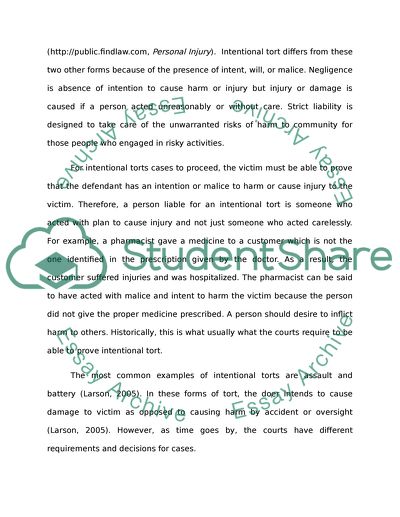Cite this document
(“Intentional Torts Essay Example | Topics and Well Written Essays - 750 words”, n.d.)
Retrieved from https://studentshare.org/law/1427117-intentional-torts
Retrieved from https://studentshare.org/law/1427117-intentional-torts
(Intentional Torts Essay Example | Topics and Well Written Essays - 750 Words)
https://studentshare.org/law/1427117-intentional-torts.
https://studentshare.org/law/1427117-intentional-torts.
“Intentional Torts Essay Example | Topics and Well Written Essays - 750 Words”, n.d. https://studentshare.org/law/1427117-intentional-torts.


